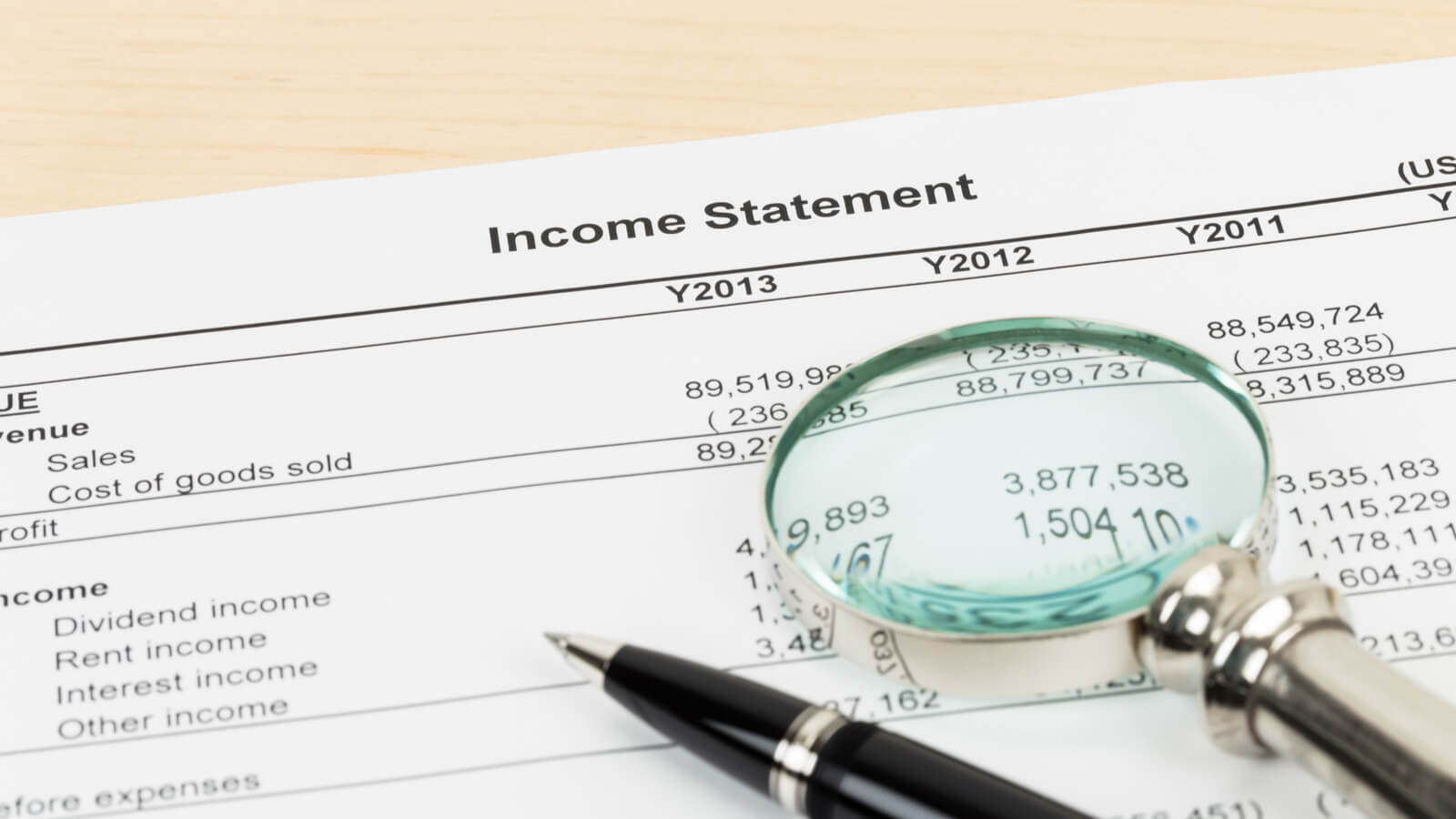Avoiding these mistakes can give you a better idea of where your business’ finances stand.
Bookkeeping for your small business can be easy to do — and easy to mess up.
Some common bookkeeping mistakes include misclassifying expenses, underutilizing your accounting software and more. The good news is bookkeeping isn’t rocket science. Once you know what mistakes you’re making, you can go back and fix them.
It’s easy to get caught up in running your small business and let your books fall by the wayside. But knowing and addressing these common mistakes could help you better file your taxes, qualify for deductions, understand your business, budget ahead and give you peace of mind over your business’ finances.
1. Overcomplicating your chart of accounts
Your chart of accounts is the list of all your financial accounts such as cost of goods sold, business expenses and more. As a small business, your chart of accounts should be short and sweet. Every account on it should be valuable.
Many small business owners think they need to make every expense into its own account. In reality, you should be combining many of them. You don’t need to create separate accounts for gas and tolls, for example. You can consolidate those expenses into one travel account.
Your accounts appear on important financial statements like your profit and loss statement and your balance sheet. Those reports give you a valuable look into your business’ finances — so they need to be relevant and concise.
The solution: Simplify and consolidate your accounts where it’s possible
2. Not accounting for beginning balances
If you’re starting to use accounting software, you’re on the right track. But some small business owners often forget to record their opening balances to their new software.
You need to transfer all your financial information into your accounting software. It should be one of the first things you do. You shouldn’t purchase the software then expect to start a blank slate. That simple mistake can make your finances look a lot different than they actually are.
The solution: Record your previous transactions to your new software
3. Recording bank funds incorrectly
It’s common for business owners to transfer money from one bank account to another. That can include transferring money from your checking to savings account, or vice versa.
The mistake small business owners make is recording those transfers from one bank account to another as expenses and/or revenue. When you transfer $500 from your checking to your savings account, for example, you didn’t really incur a $500 expense — you just moved the money.
It’s a problem when you record transfers as an expense because it looks like you incurred a $500 expense when you really didn’t. It should be recorded as a movement of funds – not revenue or expense.
That error affects your budgeting, forecasting and reporting. It might prevent you from buying equipment you need or qualifying for loans — even though your business is doing better than your records show. A few hundred dollars incorrectly recorded here and there may not sound like a huge deal, but those amounts can add up quickly.
The solution: Don’t record your transferred bank funds as expenses or revenue
4. Making inconsistent errors
You should be consistent if you’re doing your own bookkeeping. That means doing things the same way every time — even if you’re making a mistake.
It’s much easier for you or a bookkeeper to fix something if the mistake is consistent. Just like you can find and replace something you misspelled in a paper, you can find and replace mistakes in your accounting software.
For example, you shouldn’t categorize gas as an auto expense one day, and a travel expense the next. Categorize it the same way every time so your bookkeeper can change it quickly if they need to.
The solution: Have one method of doing things instead of mixing things up
5. Not understanding your accounting software
Using accounting software will make your bookkeeping exponentially easier — but it won’t do all of it for you.
You still have to learn how to reconcile, categorize and pull reports in your software. You also have to connect your payment apps, your bank accounts and your payroll software correctly. The good news is that most modern accounting software, especially Xero, is intuitive and easy-to-use.
Many bookkeepers offer training in certain accounting software. So even if you don’t use a bookkeeper for your regular accounting (many small business owners don’t need one right away), they can still teach you how it works. You’re less likely to make costly mistakes if you learn the ropes first.
The solution: Hire a bookkeeper to train you on using accounting software
6. Not setting up rules with accounting software correctly
With most accounting software, you can set up certain “rules” that tell it to categorize expenses a certain way automatically. The mistake some business owners make is creating rules that are too vague or specific.
It works like the Sorting Hat from Harry Potter. Just like how it automatically assigns wizards to a house based on certain guidelines, your accounting software does the same thing for your expenses based on parameters you set. You can program your software to categorize everything you spend at McDonald’s as a meal — or everything you spend at Office Depot as an office supply expense.
You need to strike a balance when making them so they’re pointed enough to categorize the right expenses, but not too pointed that they’re leaving some expenses out. For example, if you use the payroll service Gusto (which we recommend), you may receive expenses that appear in your bank account as Gusto tax, Gusto reimbursement or Gusto fees. By setting your rule to record everything from Gusto as wages, you could be misclassifying other expenses from Gusto.
The solution: Set up rules that won’t confuse your accounting software
7. Not reconciling your accounts
accurately
Reconciling is the process of making sure your expenses in your bank account match up with the expenses in your books. While reconciling, some small business owners record the same expenses twice — once when they receive a bill, and another time when they actually pay the bill.
When you receive a bill (or an invoice) in your accounting software, the associated cash transaction should be recognized against your bill or invoice. The reconciling process helps you realize which checks correlate with each bill so you record them correctly.
Recording each expense and bill separately might lead you to believe you paid more than you actually did. Or if you record each invoice and each payment to you separately, it might look like you made more money than you did. This can lead to incorrect numbers and make it hard for you to plan for the future.
The solution: Reconcile expenses and invoices against bills and payments
The bottom line
Doing your own bookkeeping as a small business owner can be confusing — and it can lead to mistakes.
Some of the most common ones are not understanding your accounting software, recording funds incorrectly and overcomplicating your chart of accounts. You can fix many of them by hiring a bookkeeper to either do your books for you or teach you how to do it on your own.
Schedule a free call with a member of our team and learn how you could avoid these mistakes — and gain the time back to focus on the parts of your business that you love.








